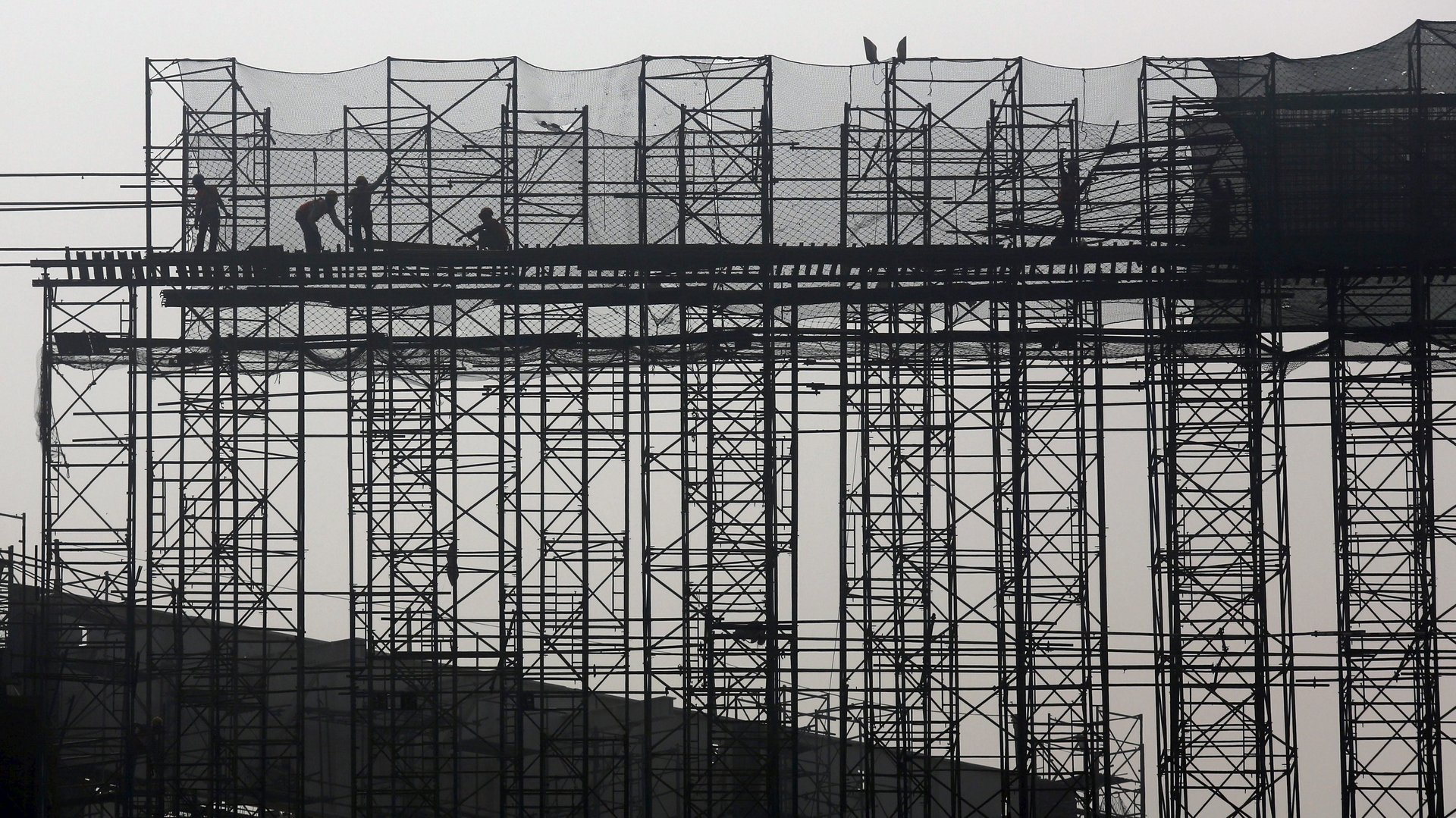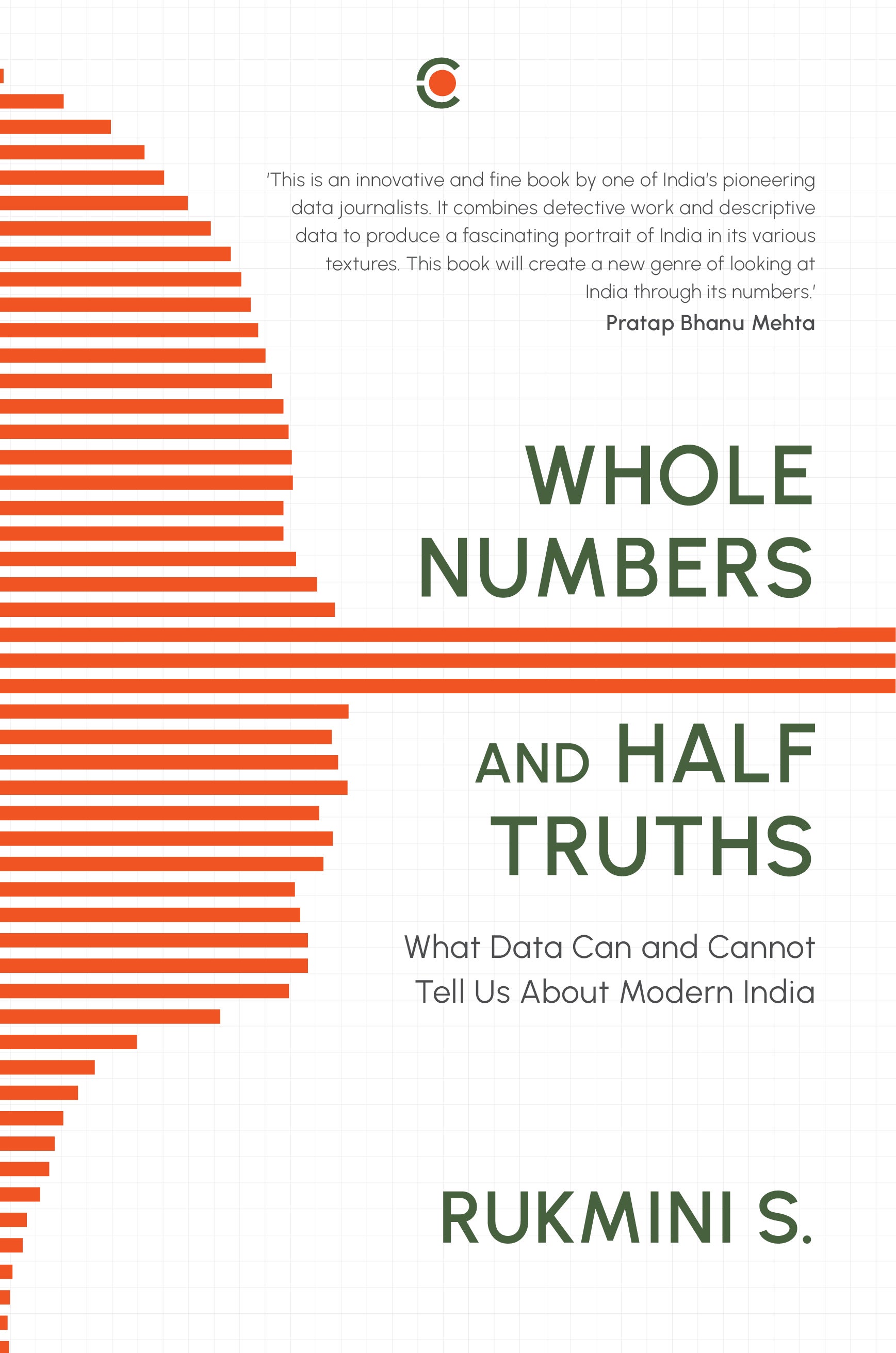Is India’s GDP calculation now a statistical sleight of hand?
The GDP is perhaps the most sacred number produced by a country’s statistical system. It is supposed to be the summary of all that an economy produces, and in India, the Central Statistical Office is in charge of computing it, using established methodology.


The GDP is perhaps the most sacred number produced by a country’s statistical system. It is supposed to be the summary of all that an economy produces, and in India, the Central Statistical Office is in charge of computing it, using established methodology.
In 2015, the National Statistical Commission (NSC) approved a big change in how India would calculate its GDP, moving to the use of Gross Value Added (GVA) at basic prices.
The GVA, which is GDP minus taxes, was believed to be a better way to measure changes in the aggregate value of goods and services produced in the economy—instead of only measuring how many units of a car or computer were produced, the GVA method would also account for differences in values of low- and high-end products, for example.
The method also factored in value addition from activities like marketing, which account for an increasing share of value of companies in the new economy. This method was recommended by the United Nations System of National Accounts in 2008, the government said in support of the move.
Data journalist Pramit Bhattacharya exposed the flaws in a series of news reports that showed that the National Statistical Organisation itself carried out a survey based on the database in 2016 and found that many of the companies were not traceable, or had closed, or operated in a different line of business than what they had reported.
The new methodology also ran into the “deflator problem,” as Bhattacharya calls it. Shifting from the old volume-based approach to the new value-based approach made deflators, which would separate the rise in value from the rise in prices, in each product category newly important. Except, these required very fine price data points that India lacked. This deflator bias has artificially inflated the GDP numbers in the new series, Bhattacharya has argued.
Alongside the changes in methodology, the government produced a backdated GDP series re-evaluating past GDP growth using the new methodology.
Overnight, the backdating of the new series painted growth in the UPA era in an unflattering light. The new GDP series was immediately mired in controversy, painting a far more optimistic picture than other economic indicators suggested, and prompting public criticism from both the then Reserve Bank of India governor Raghuram Rajan and the chief economic adviser to the finance ministry Arvind Subramanian about the change in methodology. All of this caused an enormous scandal.
Moreover, the backdated series was released by the NITI Aayog instead of by the Central Statistical Office whose job it is, or by the NSC, which is responsible for data quality.
India’s GDP numbers and the NSSO’s household consumption numbers lie at the heart of India’s official statistics, and if the methodology of acquiring this series data can be called into question, then a thorough investigation is needed.
Unfortunately, despite a long history of India trying to both improve its statistical system and insulate it from political pressures, the mechanism that should have been put in place to do this remains toothless, perhaps intentionally.
…
Simultaneously, in 2019, the government approved the merger of the CSO and the NSSO under the ministry of statistics into a single entity, the NSO. Sen criticised the move in an interview: “There was certain autonomy that NSSO enjoyed. That autonomy is gone. Now, all those decisions will be taken by the ministry, including the decision of whether to release or not to release a report.”
The politicisation of the statistical system and the sidelining of the NSC had only got worse.
Where does India’s statistical system go from here?
When people ask me about official data, the fear of most is that it is “fake” or “fudged”—falsified. On a national scale, however, this is highly unlikely, because it would take the kind of coordinated, decentralised falsification that is unrealistic to expect.
“I do not think faking or fudging is a problem, and I have looked at the data very closely,” Pronab Sen, who was also India’s chief statistician at one point of time, told me. Dr Sen, who has often been critical of the Modi administration, found himself selected to head a high-level standing committee to review and strengthen India’s economic statistics.
“Believe me,” he said, “I’ve looked very closely, and from the inside and the outside.” Many others, including Mohanan, echo his views.
It’s not falsification that is worrying. It’s neglect, discredit and, ultimately, dismissal.
…
Increasingly, Modi, his administration and supporters are feeding a narrative that household survey data is unreliable, paints India in an unfairly unflattering light, and should be junked.
When the NSSO’s employment statistics painted an unflattering picture of the economy, Modi pointed instead at the number of restaurants being opened, the number of vehicles being sold, and employee savings data. When the household consumption survey made it appear that Modi was overselling his growth and reform story, his supporters point to national accounts and flight ticket sales.
When the NSSO’s household drinking water and sanitation data indicated that the rapid improvements that Modi had been touting were doubtful on the ground, he turned instead to administrative data on toilets built and taps installed.
…
Here lies the danger with relying on administrative data: targets are ticked off, often on the basis of reports by village heads, without speaking to the intended beneficiaries.
The Swachh Bharat Mission dashboard only records households that have constructed individual toilets on paper. The NSO surveyors, on the other hand, went to people’s houses and stood at their doors asking them whether members of the household had access to a toilet, who else used it, what type of toilet it was, and whether the respondents were actually using that toilet.
This could have been another of those intractable fights between administrative data and household survey data. But what helped was more data.
The fifth round of the National Family Health Survey (NFHS) was released in December 2020. While the NFHS focuses on health, it also asked whether members of the household had exclusive access to “improved sanitation,” which included a range of types of toilets.

The NFHS largely confirmed the NSO’s trends and found that in five states, over one-third of the rural population still lack exclusive access to “improved” sanitation for their households. In Bihar, for instance, this figure was less than half, while in rural Gujarat, nearly 37 per cent residents did not have access to an improved facility. Kerala was the only state whether the situation on the ground was aligned with administrative data.
Extracted with permission from Whole Numbers and Half Truths: What Data Can and Cannot Tell Us About Modern India by Rukmini S, published by Context, an imprint of Westland Publications, December 2021. We welcome your comments at [email protected].